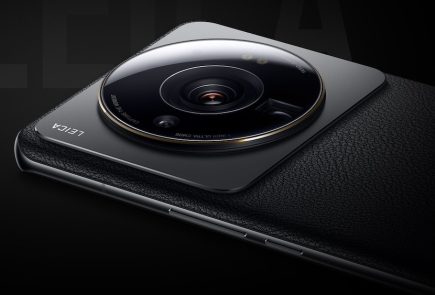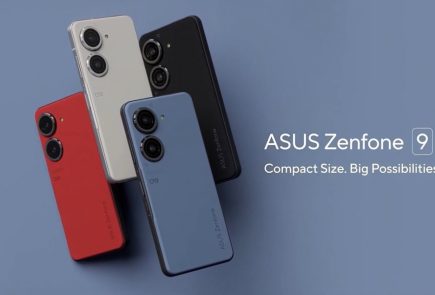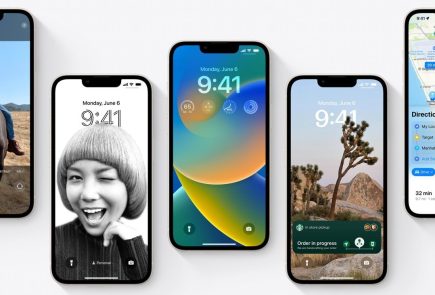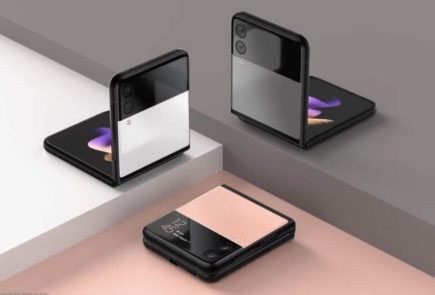John Hopkins Creates Human ‘Mini-brains’ in Petridish
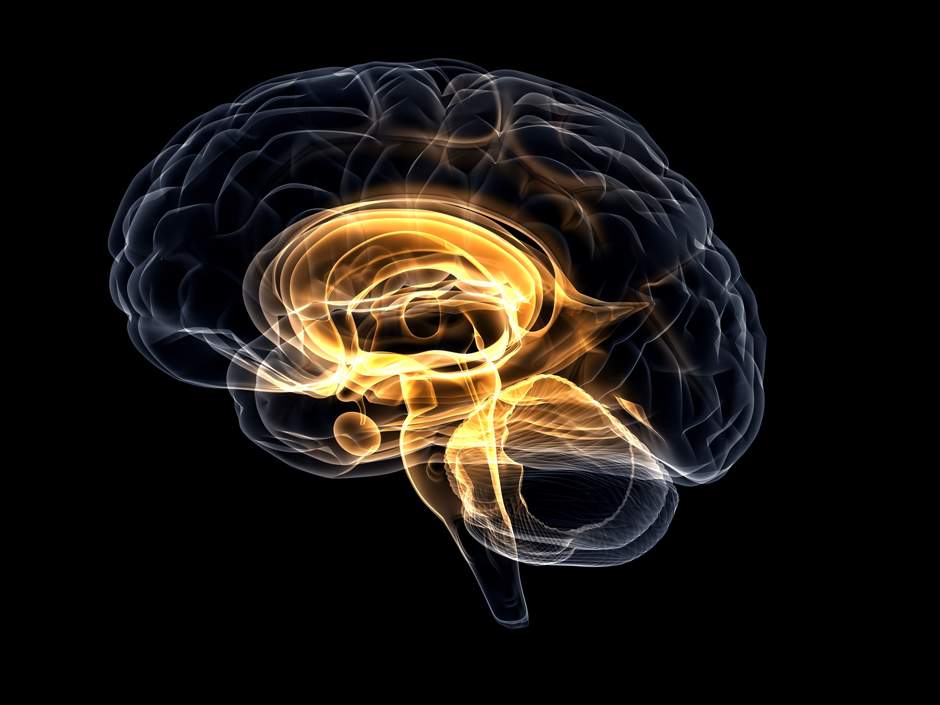
Researchers at Johns Hopkins Bloomberg School of Public Health have developed “minibrains”. Made up of human cells and neurons, these tiny brains are capable of imitating the human mind in functionality, while also possess the ability to be replicated manifold.
Needless to say, this research is a breakthrough in the world of neuro-sciences with immense potential for the future. One of the direct consequences of this development is that hundreds and thousands of animals being used for testing can now be replaced with these cells. Not only is this welcomed news by the entire rodent-community, it also means more accurate research for humans.
“Ninety-five percent of drugs that look promising when tested in animal models fail once they are tested in humans at great expense of time and money. While rodent models have been useful, we are not 150-pound rats. And even though we are not balls of cells either, you can often get much better information from these balls of cells than from rodents,” aptly puts study leader Thomas Hartung.
These cells were created using a specific kind of protein called induced pluripotent stem cells (iPSCs). Along with proteins, cells from healthy adults form the composition of the mini-brains. In the future, the research also hopes to include cells from people with genetic disorders and specific genetic traits to create mini-brains. This would help with the study and treatment of diseases like Alzheimer’s, Parkinson’s, multiple sclerosis and maybe autism. At the same time, projects to study viral infections, trauma and stroke are already underway.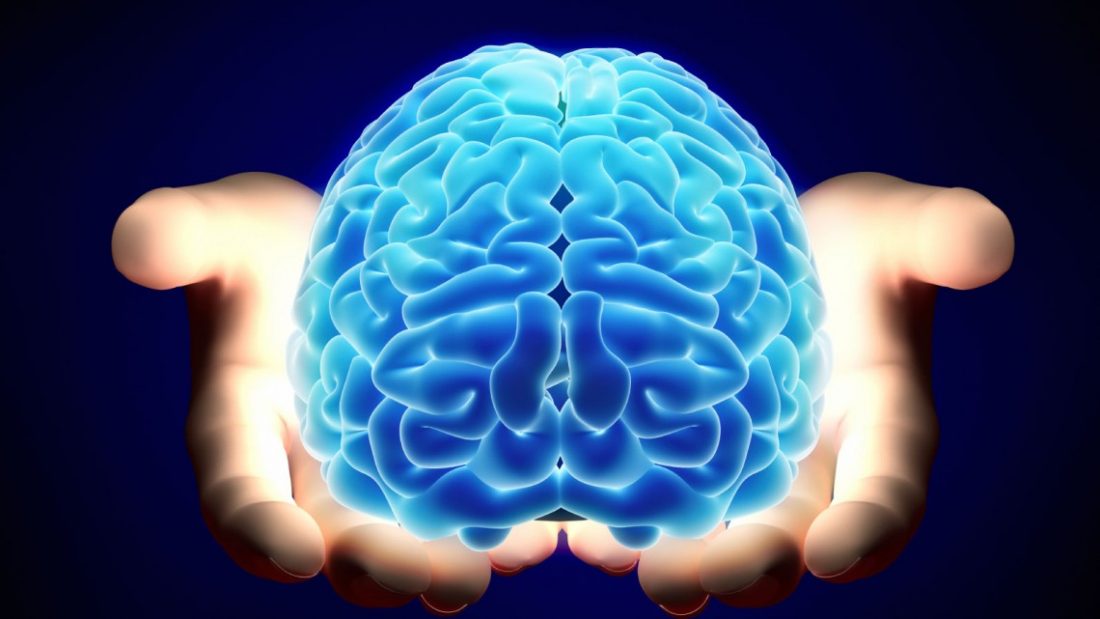
The mini-brains measure a 350 micrometers in diameter and are visible to the naked human eye. Researchers claim they can grow a hundred of them in one petri-dish. Production for these mini-brains is expected to begin in 2016 and the researcher group hopes to see them in as many labs as possible.
















